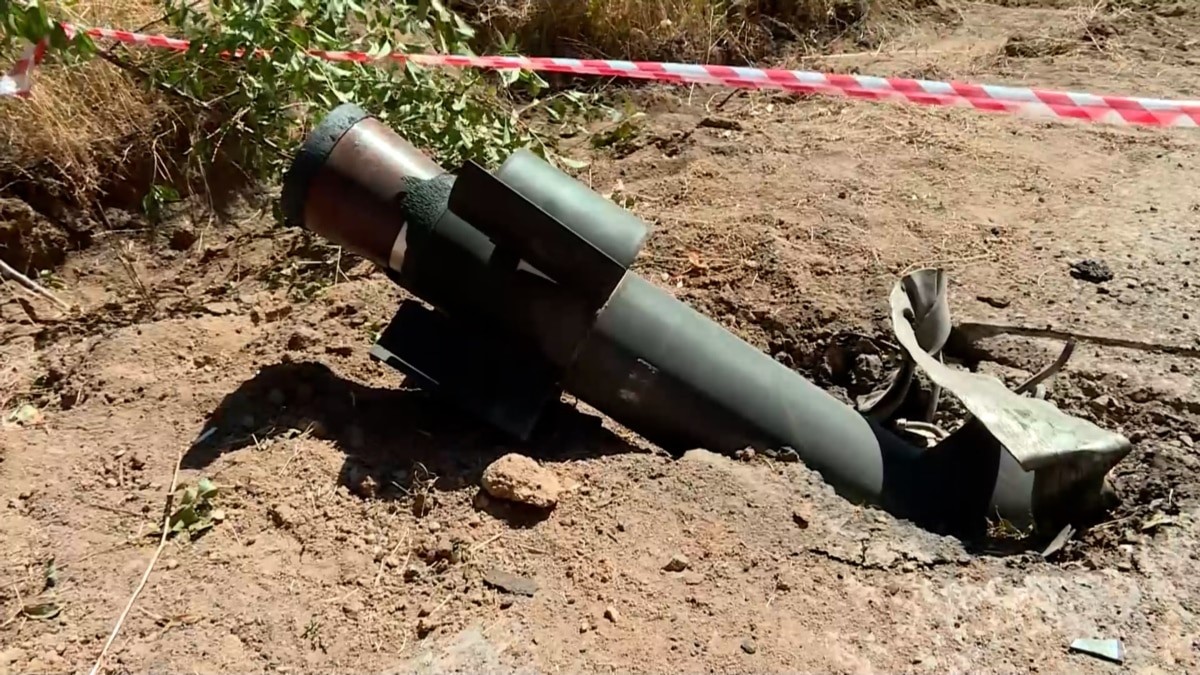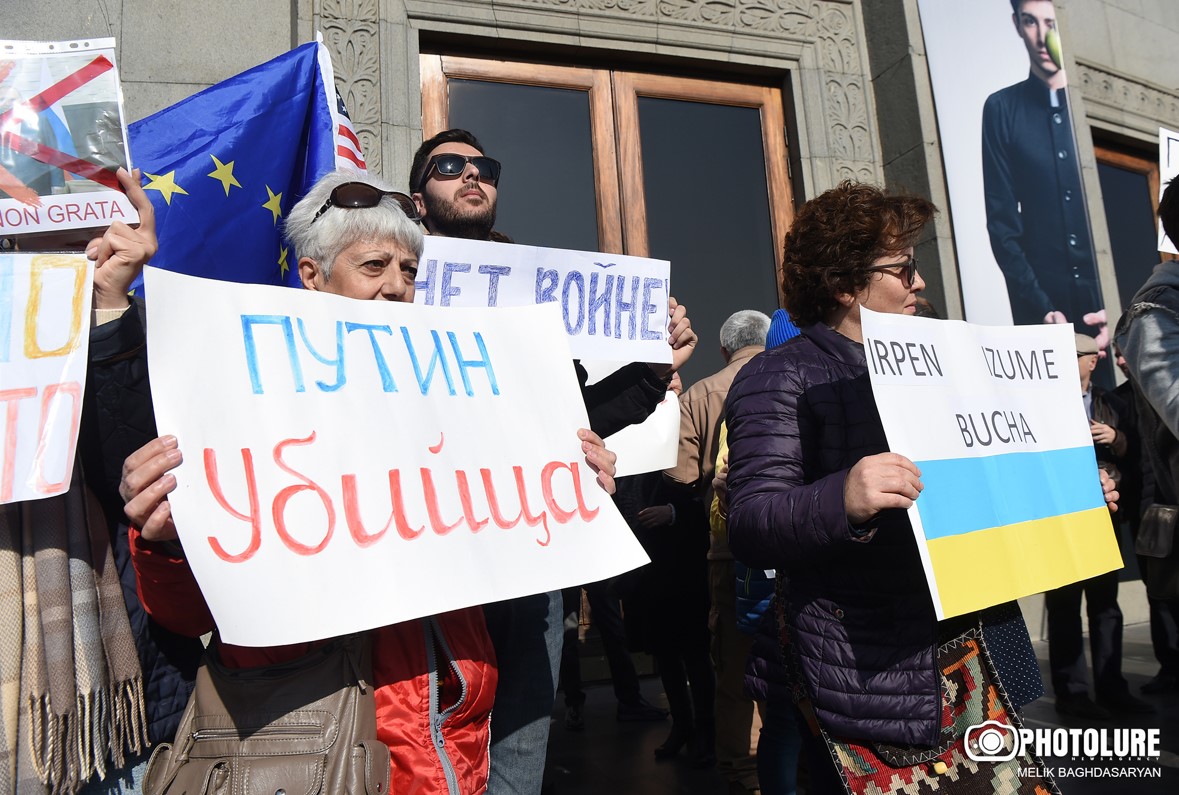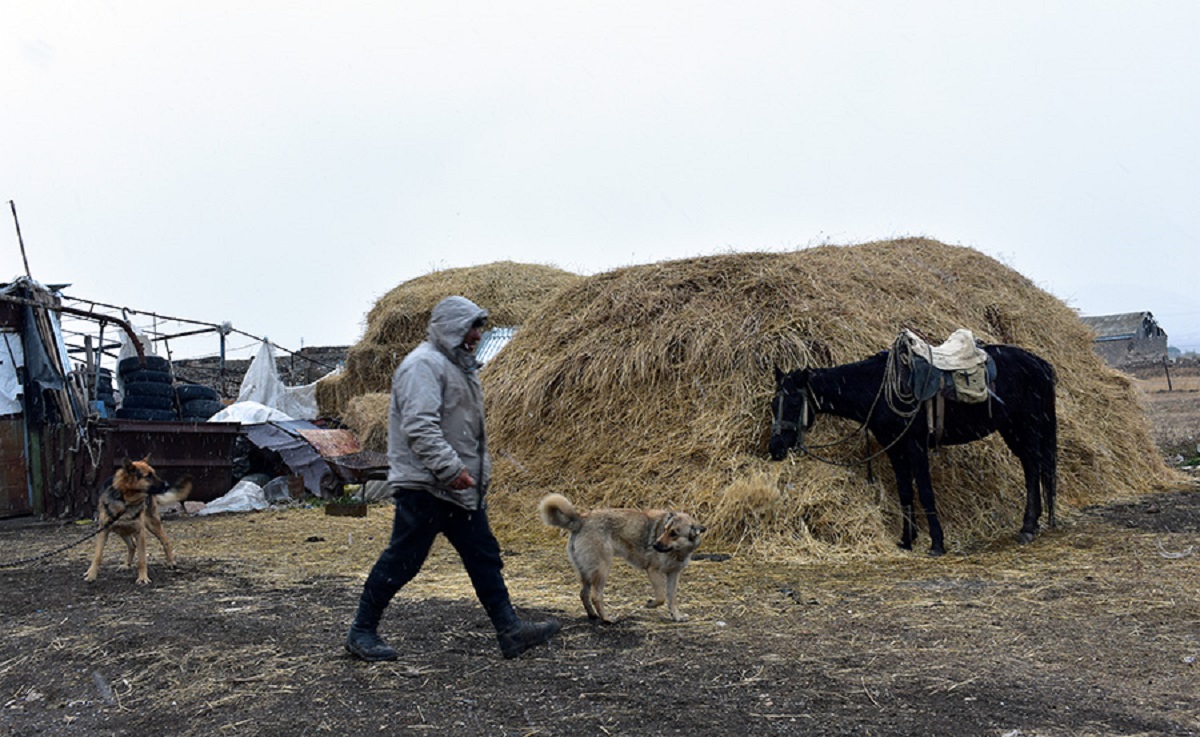
Azerbaijani forces withdraw from Jermuk?
Two years ago, on September 13-14, Azerbaijani forces launched a large-scale military offensive and advanced significantly into Armenia’s sovereign territory. According to official reports, the Azerbaijani army’s advance in multiple directions resulted in the deaths of 225 Armenians and the loss of control over 140 square kilometers of territory.
A few days after the military actions, known as the “September War,” Armenian Chief of Staff Edvard Asryan stated that Azerbaijani troops were now 4.5 km from the resort town of Jermuk, down from the previous 11-12 km. He added that the Azerbaijani forces were “surrounded by Armenian troops” and suggested that the encircled soldiers, lacking food and water, would withdraw from Armenian territory.
However, to this day, Azerbaijani forces have not retreated. Furthermore, satellite images indicate that Azerbaijani troops have “fortified their positions, built defensive structures, and carried out extensive road construction work.”
Armenia and Azerbaijan recently agreed on the regulations for joint work on border delimitation commissions, using the principles of the 1991 Alma-Ata Declaration as a fundamental basis, notes political analyst Areg Kochinyan. This means mutual recognition of borders as they were at the dissolution of the Soviet Union.
“The regulations are a document that brings us closer to a situation where Azerbaijan might leave the occupied territories. While the document itself does not resolve the issue or guarantee that it will happen, it is a step in the right direction,” the analyst told JAMnews.
- “Baku will be punished for war crimes” – Armenian human rights activist
- How a resort town became a battlefield: personal story from the last war on the Armenian border
- “Azerbaijan intends to occupy other territories of Armenia” – Pashinyan from UN rostrum
Details of the “September War”
Following the September 2022 offensive, Chief of Staff Edvard Asryan reported that Azerbaijani forces engaged in combat on six fronts. According to him, they advanced the furthest into Armenian territory in the Jermuk direction:
“Here, they penetrated 8.5 km into the sovereign territory of the Republic of Armenia and reached a depth of 7.5 km. In the Nerkin Hand direction, the depth of penetration was 1-1.5 km, up to 2 km. In the Shorja direction, the Azerbaijanis gained certain positional advantages. In other directions, we managed to push them back. They also achieved some success in the Ishkhanasar direction, advancing by about half a kilometer.”
The Chief of Staff also stated that Azerbaijani forces used artillery, rocket systems, and drones during the conflict. Civilian settlements and critical infrastructure were deliberately targeted, including a children’s playground and a cable car. The resort town is still dealing with the aftermath of the war.
Azerbaijani forces withdraw from Jermuk?
Commentary
Political analyst Areg Kochinyan:
“I attribute and explain the events of 2022 to Armenian-Russian relations. A few months before the military actions, Russia sent a request in the form of a letter from the commander of the border troops to the Armenian government. The letter requested the allocation of territory at a certain distance from the Armenian-Iranian border for the construction of a ‘corridor,’ although the word ‘corridor’ was not mentioned. The Armenian government refused.
A few months later, Azerbaijan launched its invasion. Simultaneously, we observed Russia’s extremely tolerant attitude towards this invasion.
The aim was to force Armenia to agree to Russia’s demands, including providing a road through Armenian territory to Azerbaijan under Russian control and following a corridor logic.
However, this did not happen. Baku did not achieve its strategic goal due to the active intervention of, on one side, the US and the EU, and on the other side, Iran.
Azerbaijani forces withdraw from Jermuk?
After the September 2022 events, Armenian-Russian relations also worsened. Russia and the CSTO, under its aegis, refused to assist Armenia, thus failing to fulfill their allied obligations. Instead of military assistance, they sent a mission to assess the situation on the ground. The justification for their inaction was that the border with Azerbaijan was not demarcated. Armenian authorities viewed this response as a refusal to acknowledge the military bloc’s area of responsibility.
Certainly, a new invasion in this direction is possible, as in any other direction. The Jermuk direction is quite vulnerable, but unfortunately, not only this direction is vulnerable. After the 44-day war in 2020, the balance of power creates conditions where Azerbaijan feels greater impunity in organizing and conducting such operations due to the power imbalance.
Currently, the border between Armenia and Azerbaijan is monitored by the European Union’s civilian mission. However, European patrols are not a guarantee that this scenario will not repeat.
There is no such guarantee at all. If there is a guarantee, it comes from one’s own armed forces. There are no other guarantees. Even one’s own army is not a guarantee if success is not assured.
Nevertheless, the role of the European monitoring mission should not be underestimated. It has provided accountability and transparency on the Armenian-Azerbaijani border, which was desperately needed. This is not a military contingent, but it occupies an important and unique place in Armenia’s security architecture.
We hope that this is a temporary role and that, in terms of its own forces and relations with the EU, Armenia will be in a position where it will not rely on a monitoring mission but will have the capacity to ensure its own security or benefit from a different kind of mission.
Recently, the regulations for the joint work of Armenia and Azerbaijan’s delimitation commissions were agreed upon. This is an important document, but it does not solve or address all issues simultaneously.
However, it brings us closer to a situation where Azerbaijan might leave the occupied territories. The regulations themselves are not a solution to the problem nor a guarantee that Azerbaijani forces will withdraw.
I would give the same assessment even if it concerned specific maps of Armenia and Azerbaijan, as we are dealing with a state that seeks to gain as much as possible in negotiations, using all available means, including the use or threat of force.”
Azerbaijani forces withdraw from Jermuk?


